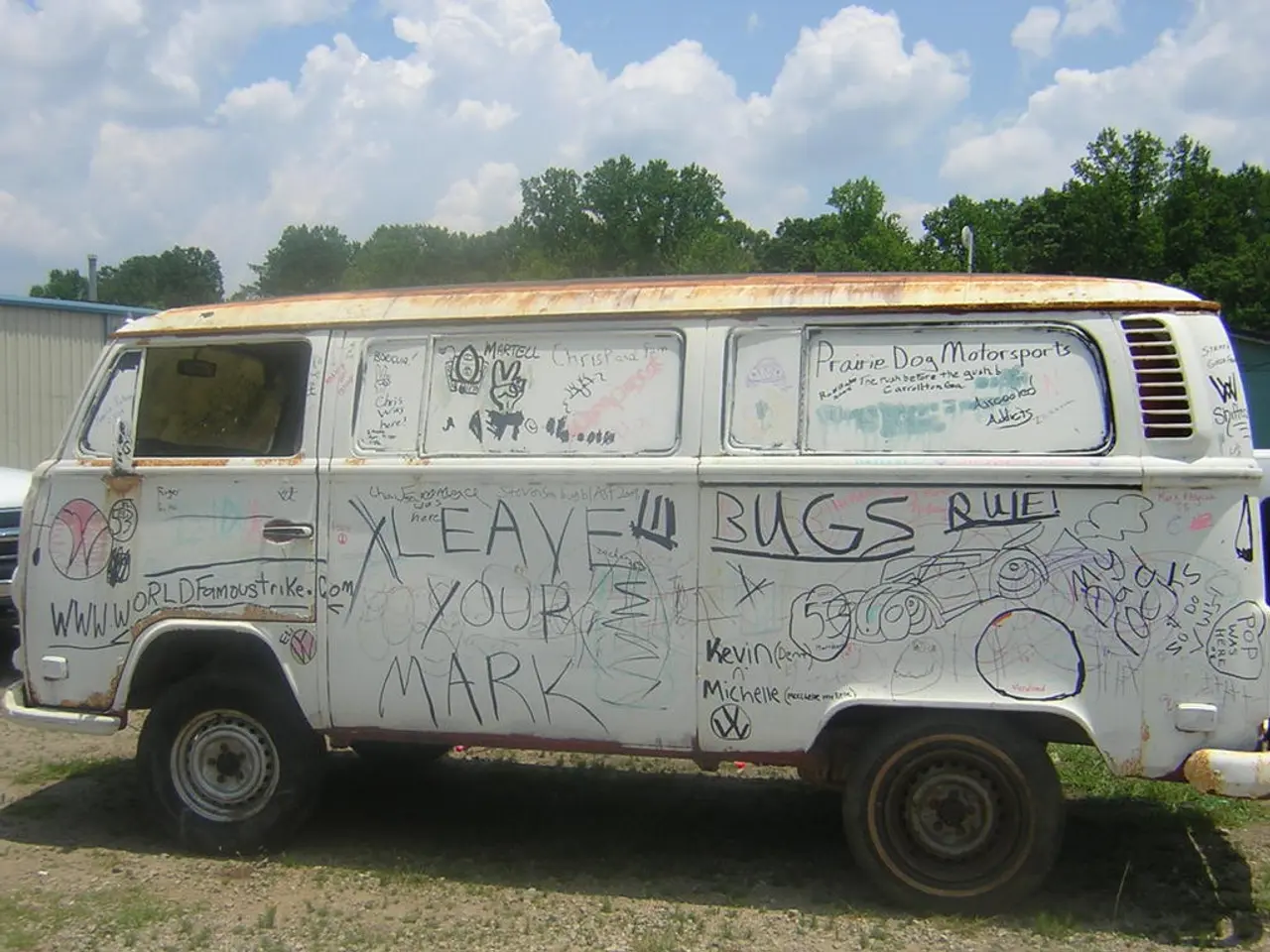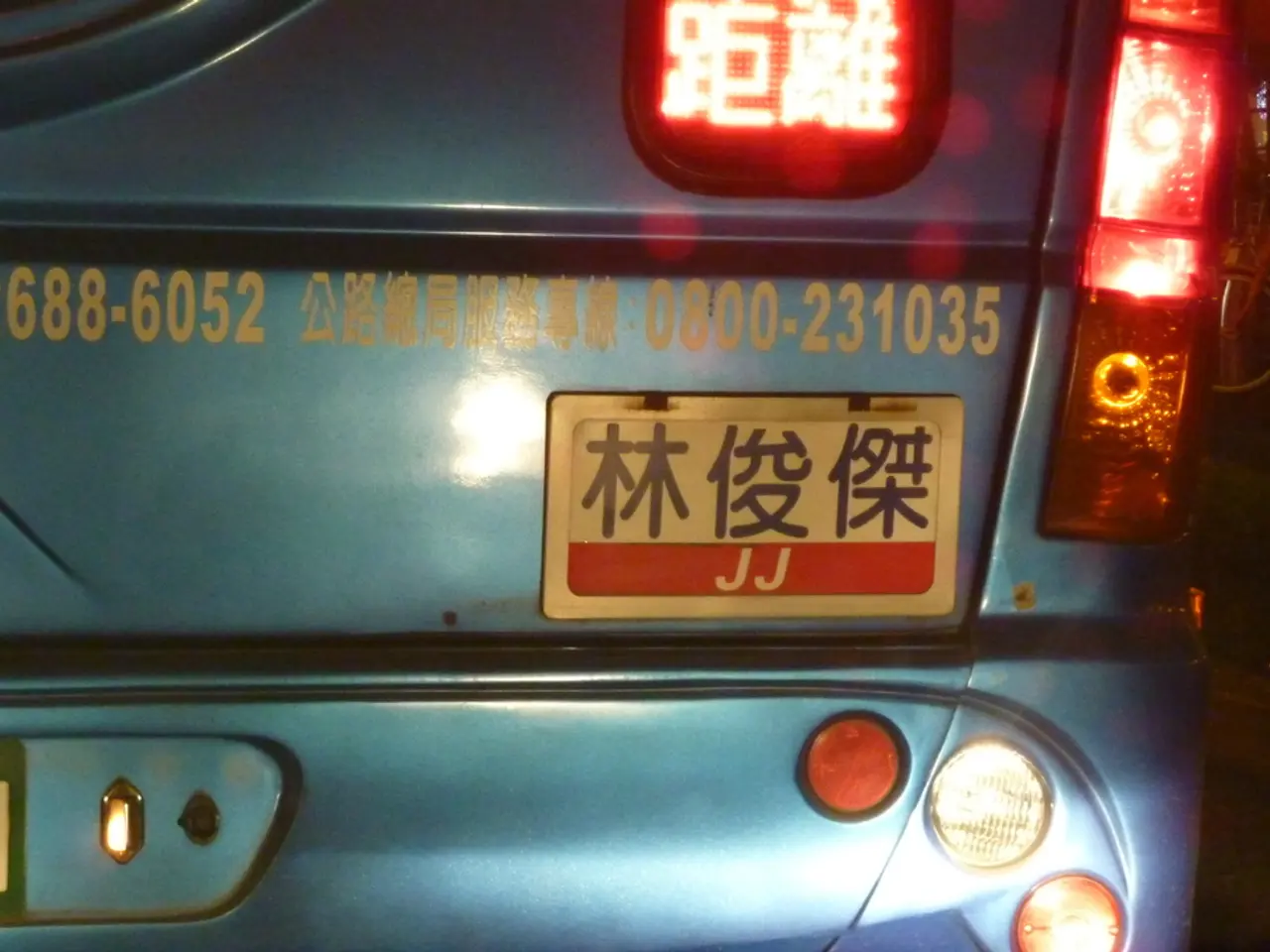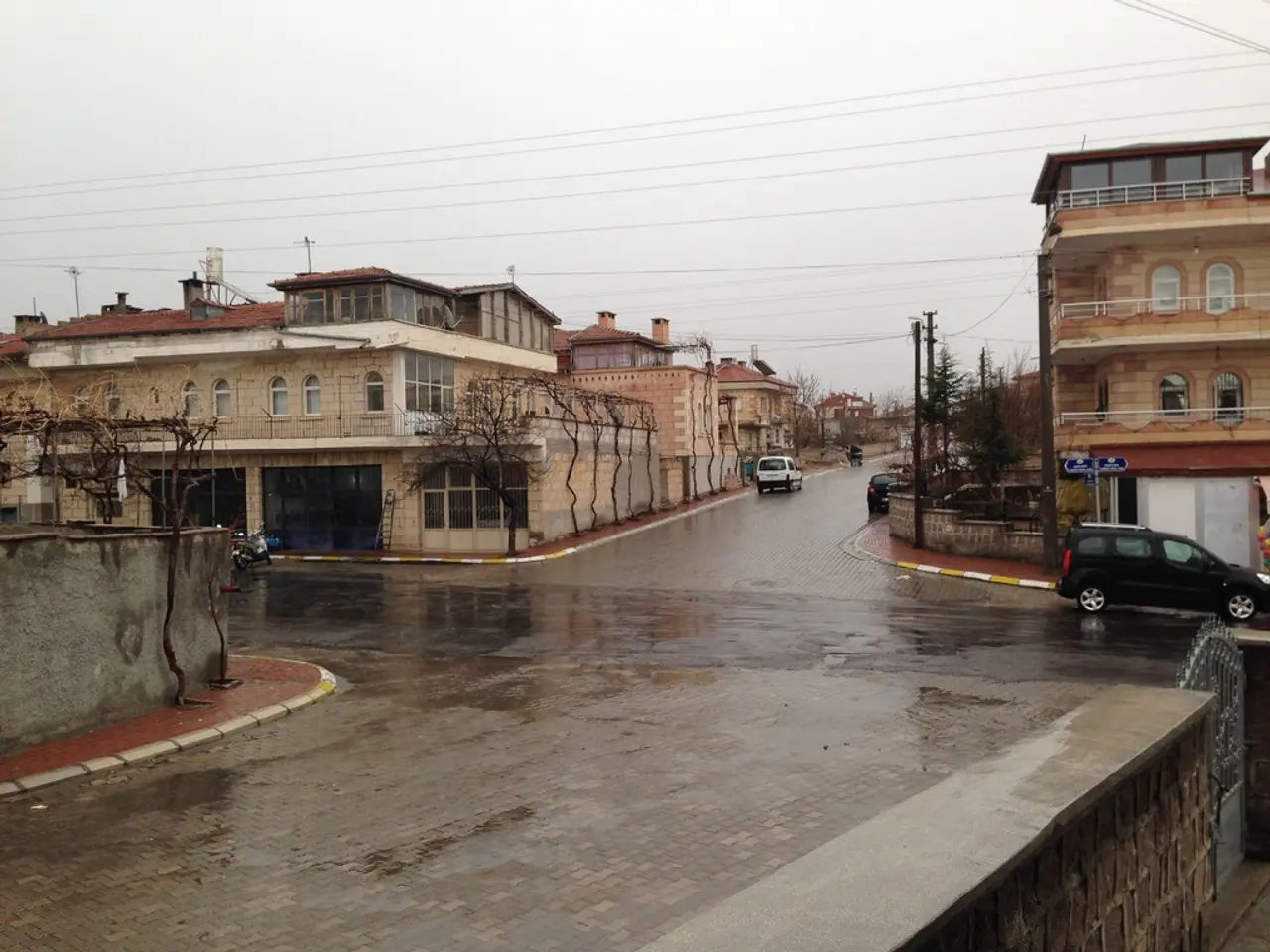Misleading wildfire images spark confusion on social platforms. Here's how to identify them.
In the digital age, social media platforms have become a hub for sharing news and updates, especially during natural disasters. However, not all images and videos posted are genuine. Here's a guide on how to identify AI-generated images of natural disasters.
First and foremost, evaluate the content and context of the image. If the event shown is highly improbable or unrealistic, it may be an AI-generated image. For instance, certain perspectives, such as aerial photos during wildfires, are often restricted to emergency responders or embedded journalists. Images from these angles that appear spontaneously on social media are suspicious. Additionally, check for logical inconsistencies common in AI-generated images, such as unnatural lighting, distorted objects, or deformed body parts.
Performing a reverse image search is another effective method. Tools like Google Reverse Image Search can help find earlier versions or origins of the image. This can reveal if the image is reused from past events or locations unrelated to the current disaster, which is a common source of misinformation, though not always AI-generated.
Examine the image caption and any watermarks. If the source or origin of the image is unclear or not disclosed, treat the image with skepticism.
Verifying with trusted, reliable sources is crucial. Confirm whether established media outlets or official disaster response agencies are reporting and sharing the same images or footage. Real images of major events tend to be corroborated by multiple reliable sources. Agencies like the BC Wildfire Service advise relying on official apps, emergency alert systems, and mainstream news sites for genuine updates, especially when faced with viral dramatic images.
Leverage emerging AI detection tools where possible. Technologies like Google’s SynthID, launched by DeepMind, help detect AI-generated images by embedding invisible digital watermarks. Though not always publicly accessible, such tools represent next-generation means to authenticate images.
In summary, a combination of content scrutiny, reverse searches, source verification, and evolving AI-detection technologies is essential for spotting AI-generated natural disaster images on social media. It's best to identify trusted sources before an emergency occurs, according to the BC Wildfire Service.
- Social media users in Toronto and Canada should be aware that during general news events, such as natural disasters, there might be AI-generated images shared.
- If a news report on social media is about a wildfire, and it contains an aerial photo that appears spontaneously, it could be a sign of a potentially false or AI-generated image.
- Bridging the gap between technology and general-news, people can use tools like Google Reverse Image Search to find the earlier versions or origins of suspicious images posted during disasters, which may help verify their authenticity.
- Trusted media outlets like the mainstream news sites and official disaster response agencies, such as the BC Wildfire Service, can provide reliable updates on natural disasters on social-media platforms, reducing the risk of misinformation and AI-generated images.




